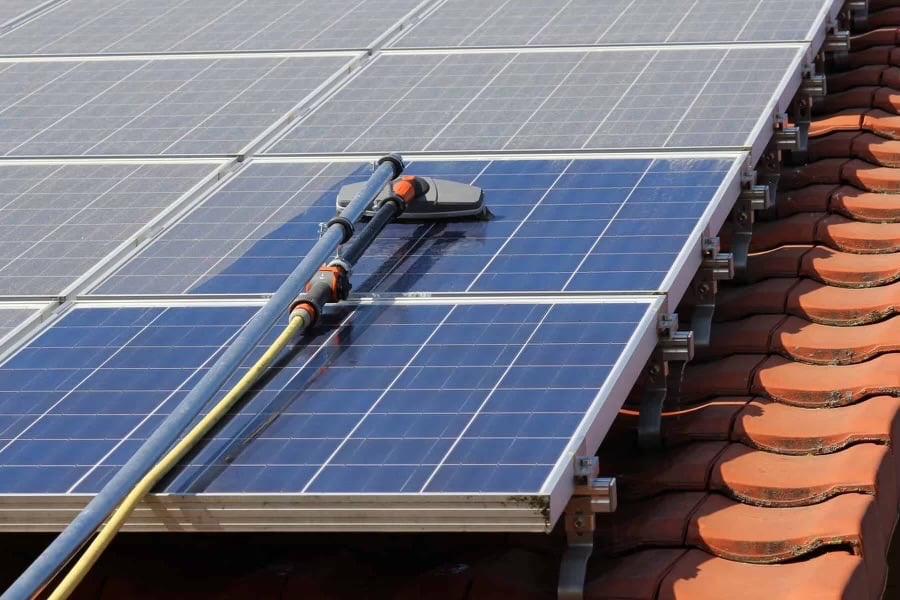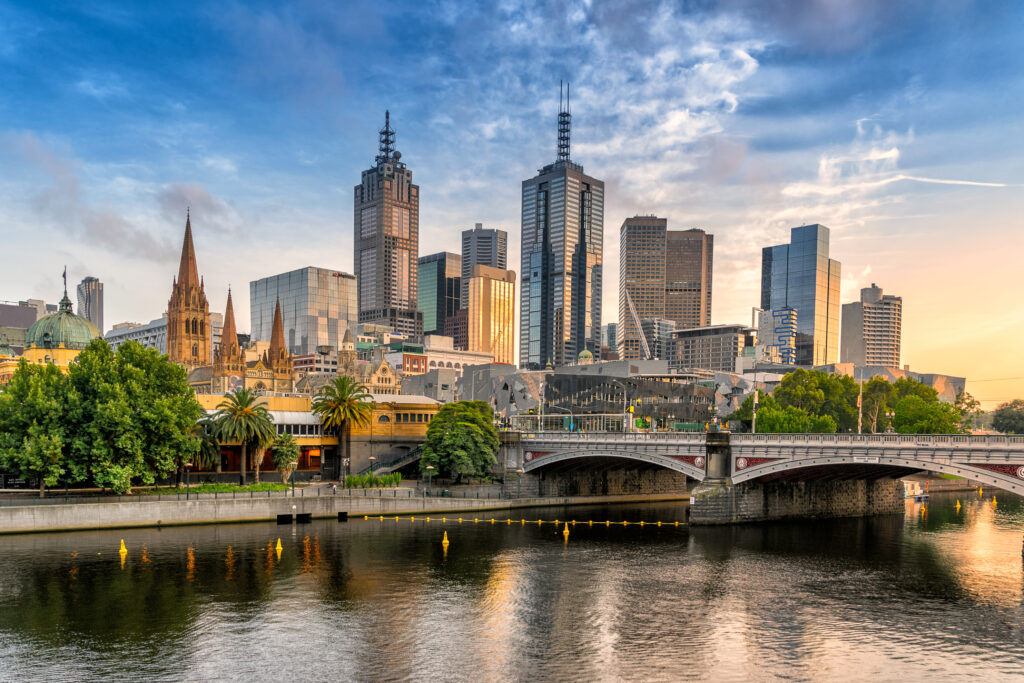Earth Day 2024

Emerging in 1970 amid an environmental movement fueled by mounting concerns over pollution, biodiversity loss, and the degradation of natural habitats, Earth Day has since become an annual global celebration held on April 22nd. Over the years, it has transformed into a powerful force for environmental action, galvanizing millions worldwide to champion environmental awareness and sustainable practices. Today, Earth Day serves as a resounding call to action for individuals, communities, and governments to prioritize environmental stewardship and collaborate towards a more sustainable future. But, above all, it serves as a poignant reminder of our collective responsibility to safeguard and nurture the planet we all call home.
Leaders in Energy: Women Paving the Way to a Better World

From climate change to depleting natural resources, the world faces unprecedented environmental challenges. In response to the crises that have surfaced from these events, careers in green energy, conservation, technology, and sustainability have emerged as essential forces in the fight for a better future. While this sector is undoubtedly transformative, it has an outstanding flaw […]
Building Sustainability Through an At-Home Job

At home, jobs are on the rise, and for good reason. After all, what’s better than being able to wake up, brush your teeth, and get to work at your desk in the next room? This new style of nine-to-five has been a game-changer for millions around the globe. However, comfort and convenience are not […]
Green Building Careers: Shaping Sustainable Infrastructure

People everywhere now seek assurance that their homes and workplaces are safe for both themselves and the planet. As the global population continues to expand and environmental consciousness becomes more prevalent, green building careers have emerged as essential contributors to a sustainable future. This transformation in the construction industry is a game changer when it comes to sustainability measures and goes beyond traditional practices. By emphasizing the creation of structures that are energy-efficient, environmentally responsible, and socially conscious, these revolutionary structures aim to provide comfort, stability, and safety without compromising the health of our delicate ecosystems.
Shining a Light on Solar Energy Jobs: Pathways and Opportunities

Sustainability and environmental consciousness are becoming increasingly paramount in our modern environment, augmenting the need to maximize our renewable energy resources. Since the Industrial Revolution, energy has demonstrated a pattern of highlighting the birth of new eras, catapulting new technology into existence, and often improving our quality of life. However, it has also become evident that today’s solutions often prove to be tomorrow’s problems.
The Future of Sustainable Agriculture

People have been fighting, experimenting, and inventing in the name of food and access to natural resources since the beginning of humanity. Thanks to the Industrial Revolution, advancements in technology and innovation skyrocketed. The constant improvements experienced in industrial productivity were mirrored, thanks to new technology, by the agriculture industry and resulted in the ability […]
The Truth About Concrete and The Environment

Humanity has used concrete to build, protect and fortify communities for centuries. Made from a mixture of cement, water, sand, and gravel, its durability and cost-effectiveness have made it one of the most popular mediums for everything from the world’s largest construction projects to homemade decorative vases. As time has passed and new building techniques and technologies have been invented, the recipe for concrete has been tweaked and modified to fit the needs of different projects. This has allowed concrete to become one of the most versatile and commonly used building materials available.
5 Tips for a More Sustainable Yard

Did you know that the type of lawn you have can contribute to global warming and significantly impact energy and water consumption? It’s true! From overwatering to using gas-powered lawn mowers and spraying chemical fertilizers, there are several ways in which your lawn care routine could wreak havoc on the environment. So what is there to do? When guests visit, your lawn is the first chance to make a first impression. Thankfully there is no need to stress; you can make many simple and easy changes to reduce your lawn’s effect on the environment while keeping it healthy and beautiful. Let’s dive in and explore some tips and tricks to help you create a beautiful, eco-friendly yard!
Battling Food Waste in High-Rise Apartments

The challenges we face regarding access to food have evolved drastically from the occasional inconsistency of hunting and gathering to the laborious hours needed to maintain a farm to the modern-day hassle of finding time to go to the grocery store or get your food delivered to your door. Thanks to modern energy and revolutionary technological advances such as those that brought us the refrigerator, artificial preservatives, and genetically engineered or GMO crops, humanity has successfully created an international food system where people can happily indulge in their favorite meals from a comfortable distance, far from the source of the fruits, vegetables, meats, and grains that end up on their table.
World Water Day 2023

Water is essential to all life. We use it in our bodies to carry out cellular processes, in our land to grow food and raise livestock, and externally to keep ourselves and our surroundings sanitary. People lucky enough to live in a water-rich region are so accustomed to having water at arms reach 24/7 they often fail to see its unique value and lasting advantages. From agriculture and manufacturing to electricity and transportation, we need water for everything. So much so that steady access to clean, potable water can determine the prosperity of a community by facilitating gender equality, creating jobs, improving health, generating food, and allowing its members time to gain an education.

